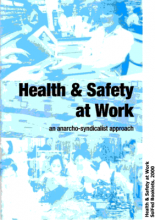Deaths at work highest in North West
Figures released by trade unions the TGWU and UCATT show that 104 people died at work in the North West of England in 2003-04, the highest of any region in England, Scotland or Wales. The number of major injuries at work during the same two-year period was 7,218, the second highest of any region. Not one single company director was prosecuted for these deaths or injuries.
In March 1996, when in opposition, Labour gave its support to a law for director liability when Michael Meacher MP said in Parliament, “Responsibility for health and safety must be vested at the highest level of each organisation. Companies should appoint an individual at board level with overall responsibility for health and safety.”
